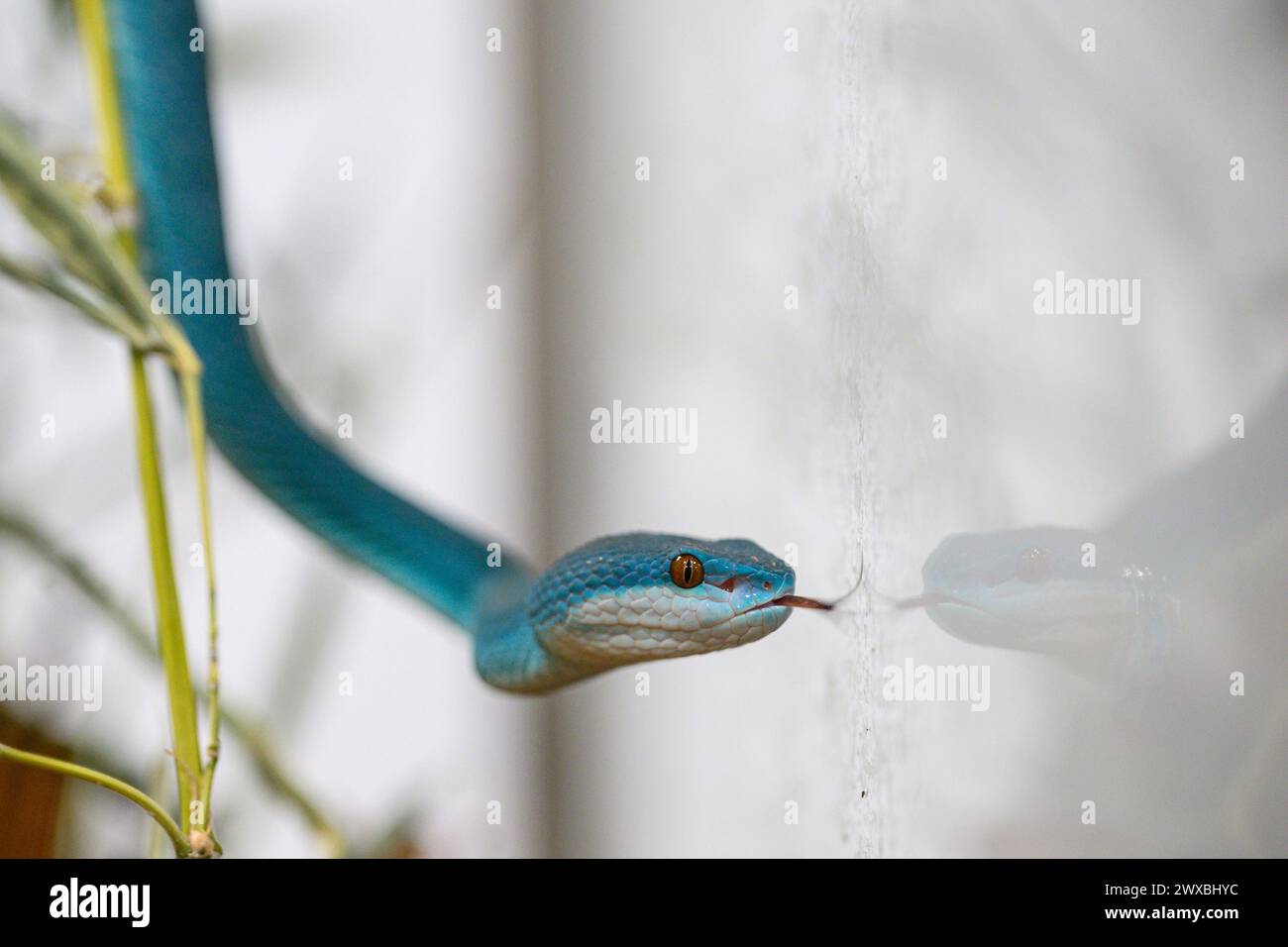Introduction
When it involves the remarkable world of serpents, couple of types catch the imagination fairly like the baby tiger snake. Known for their unique pigmentation and potent poison, these serpents are an important component of Australia's distinct ecological community. In this detailed write-up, we will delve into various facets of child tiger serpents, including their behavior, habitat, and how to securely communicate with them. Whether you're first aid for snake bite australia a wildlife enthusiast or merely curious regarding these animals, understanding child tiger snakes can help promote a deeper recognition for nature.
Baby Tiger Snakes: What You Required to Learn About Their Behavior and Habitat
What Are Child Tiger Snakes?
Baby tiger snakes are juvenile forms of the very poisonous types recognized clinically as Notechis scutatus These snakes are largely located in seaside areas of Australia, particularly in Tasmania and southern Victoria. As they expand, their pigmentation adjustments from a much more soft palette to the characteristic yellow and black bands that provide their name.
One noteworthy aspect of child tiger serpents is their size; hatchlings typically determine around 25-30 cm in length. Despite their small stature, they possess a surprising quantity of poison that can be destructive to people if bitten.
Physical Characteristics
Tiger serpents have numerous essential physical attributes:
- Coloration: The unique banding pattern commonly comes to be extra obvious as they mature. Size: Adults can reach lengths of approximately 2 meters. Body Shape: They have a robust body that assists in swimming and earthbound movement.
Where Do Baby Tiger Snakes Live? Recognizing Their Habitat
Understanding the habitat choices of infant tiger snakes is vital for both preservation efforts and public safety and security. These snakes prosper in various environments:
- Wetlands: Marshes and swamps supply adequate hunting grounds. Coastal Regions: Usually discovered near coastlines where they can hunt for prey. Woodlands: Thick plant life supplies cover from predators.
Geographical Distribution
Tiger snakes are predominantly located along Australia's southern coast, including:
- Tasmania: Home to one of one of the most notorious populations. Victoria: Specifically in locations near water bodies.
Are Tiger Snakes Venomous? A Deep Dive into Their Venom
One typical question occurs when talking about baby tiger serpents: "Are tiger snakes poisonous?" The response is a resounding yes!
Venom Composition
The poison of tiger snakes contains neurotoxins that can trigger paralysis, coagulopathy (blood clot concerns), and possibly fatality if without treatment. Right here's what you need to understand:
- Effects on Humans: A bite from a tiger serpent can bring about signs like swelling, discomfort at the bite website, queasiness, and even breathing failure.
Comparison with Various other Poisonous Snakes
In comparison to various other Australian snakes such as the eastern brownish serpent or king brownish serpent, tiger serpent poison is considered among one of the black snake australia most potent. However, fatalities are uncommon because of improved clinical therapies and accessibility to antivenom.

Behavioral Patterns of Baby Tiger Snakes
Understanding just how child tiger serpents behave is important for those who live in or check out locations where these reptiles are prevalent.
Nocturnal Habits
Most infant tiger serpents exhibit nighttime behavior. They have a tendency to forage for food during cooler evening temperature levels. This adaptability aids them avoid killers while enhancing their hunting efficiency.

Hunting Techniques
Their hunting strategies include:
- Ambush Predation: Waiting stationary until prey comes close. Active Foraging: Proactively relocating with plant life or along waterways looking for food.
First Help for Snake Bites: What You Ought to Know
Despite being fascinating creatures, experiences with infant tiger serpents can bring about harmful situations if bites happen. Knowing emergency treatment procedures can save lives.
Immediate Steps After a Bite
Remain tranquility; panic increases heart rate. Immobilize the affected limb using a splint or bandage. Seek immediate clinical attention-- antivenom might be necessary.Creating a Snake Bite Emergency Treatment Kit
A well-prepared first aid set should include:
|Product|Function|| ------------------------------|--------------------------------------|| Compression plaster|To paralyze the limb|| Splint|Maintains damaged bones or joints|| Antihistamines|Eases allergies|| blue belly black snake Emergency situation contact numbers|Quick access during emergencies|
Common Myths About Tiger Snakes Debunked
Many myths border these intriguing reptiles; let's clarify some misunderstandings typically held by people.
Myth # 1: All Tiger Snakes Are Aggressive
While some people may exhibit defensive habits when endangered, not all tiger snakes display screen hostility towards human beings unless provoked.
Myth # 2: Infant Tiger Snakes Are Much Less Harmful Than Adults
This myth might not be even more from the truth! Child tiger serpents contain nearly as much venom as grownups relative to their dimension; therefore they posture significant risks if bitten.
FAQs Concerning Child Tiger Snakes
What do child tiger snakes eat?- They mostly take in small mammals, birds, frogs, and fish.
- Look for slender bodies with faint banding patterns that end up being more pronounced as they mature.
- Yes! Birds of target and larger reptiles may target them.
- Typically every few weeks as they proliferate during their early life stages.
- While some individuals do keep them illegally without licenses due to their harmful nature; it's typically not suggested given their venomous status.
- With punctual medical therapy-- consisting of antivenom-- the survival rate is high!
Conclusion
In summary, comprehending child tiger snakes-- what they consume, where they live, just how they act-- can furnish us with useful understanding about these remarkable yet hazardous animals. The importance of education bordering emergency treatment procedures can not be overstated; knowing exactly how to respond successfully after a bite could save lives while promoting respect for our slithering neighbors within Australia's rich biodiversity range.
By valuing these serpents' duties within ecosystems-- and acknowledging potential dangers-- we promote conjunction rather than fear-based responses toward each other's presence in nature's grand tapestry! Whether you're an enthusiastic walker contemplating your following adventure or just interested about regional wildlife encounters near home-- this overview acts as your relied on recommendation point on the enigmatic globe inhabited by our pals-- the amazing baby tiger snake!